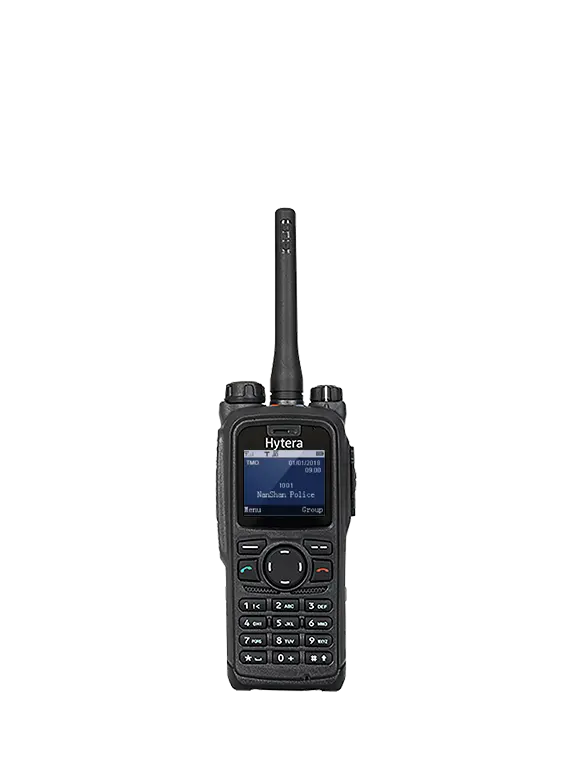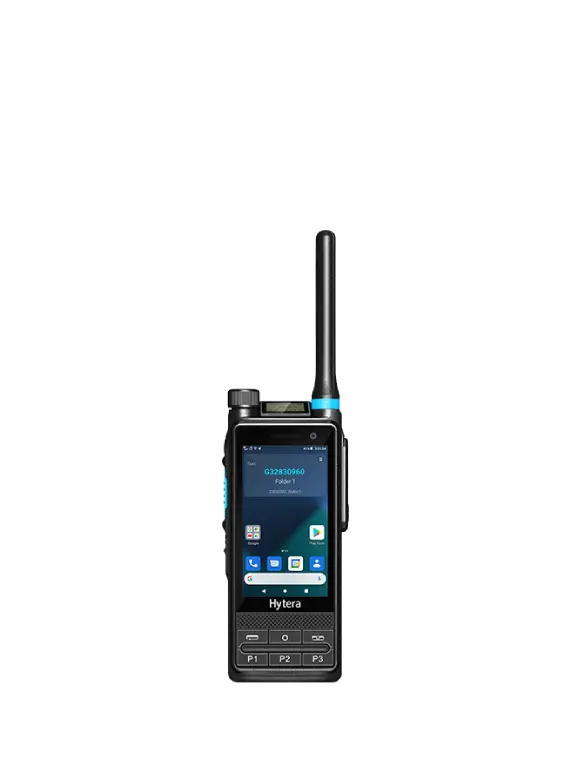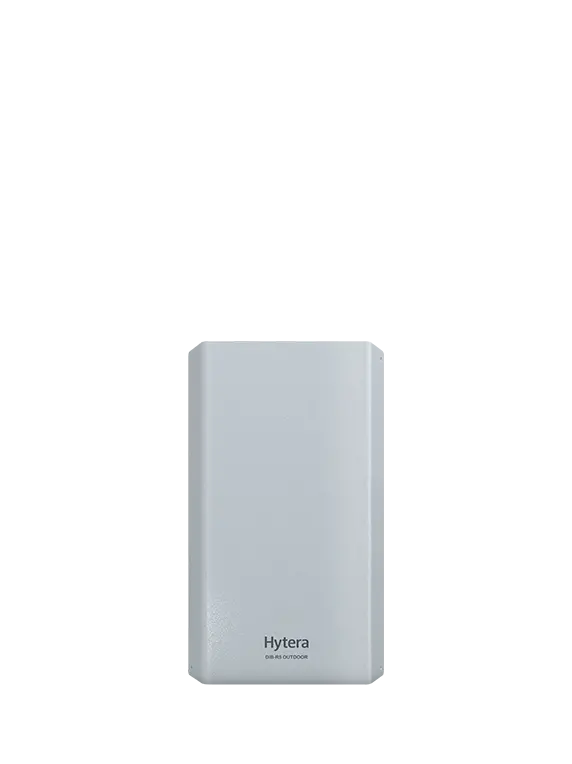
Background
Kazakhstan Temir Zholy (KTZ)
Kazakhstan
2013 to present
DTT803 TETRA data modems
PT580H PLUS TETRA portable radios
MT680 TETRA mobile radios
PTC680 dual-mode (LTE/TETRA) rugged radios
DIB-R5 TETRA outdoor base stations
Introduction
The Challenge
KTZ wanted to improve the communication systems used by Kazakhstan railways. It aimed to improve voice communications, increase the capacity of the system, and to introduce support for data communication transmissions to improve train safety.
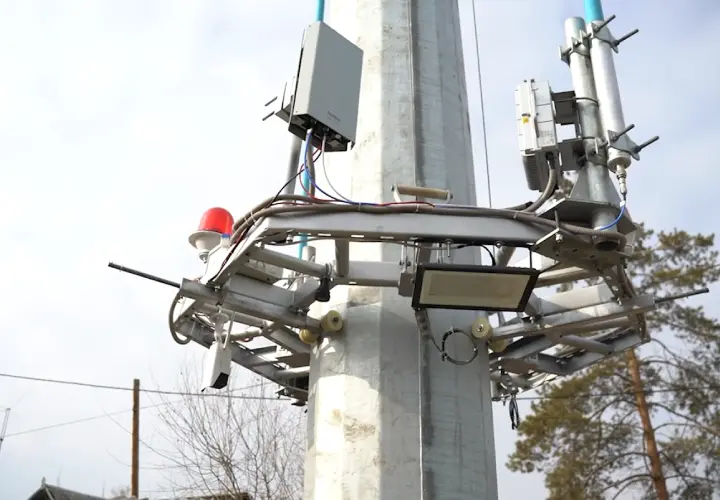
Limited Coverage
Providing adequate, reliable coverage along the length of the railway lines was a major challenge. The radio infrastructure also had to cope with the harsh environmental conditions including high altitudes and deserts. The data network needed to support Internet of Things (IoT) solutions to provide the basis for the train safety solutions.
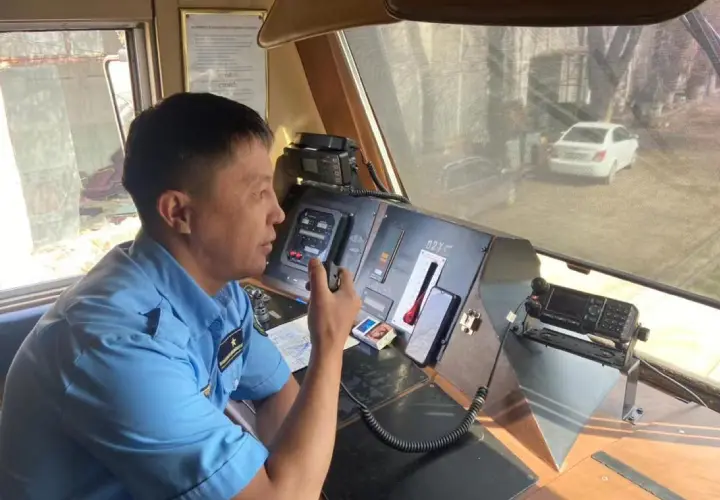
However, the limitations of the existing analog PMR system prevented the introduction of digital data solutions. In addition, the existing communication solutions were complex and inefficient, and the rail network lacked a centralized dispatch system. KTZ decided a new digital radio communication solution was required to support its requirements.

Lack of Data Capacity
Besides enhanced voice communications, KTZ wanted a radio system that could support a range of data applications. A key application was the implementation of an automatic system of interval regulation to control the distance between trains. Other data-based applications include monitoring at train stations, depots, crossing points, and unguarded facilities along the railway. The warning system needed to trigger automatic alerts if any danger is detected.
The Solution
KTZ decided to deploy a TETRA system. The main reason for choosing the TETRA standard was the possibility of using a radio channel for transmitting data from the system of interval control between trains, while also ensuring better voice communications.
The TETRA protocol offers data service to satisfy most of the data applications for the railway operations. KTZ’s adoption of TETRA meant that radio ecosystem fulfilled almost all of the required applications. It translated into cost-effectiveness, as well as simplified design, installation, and maintenance.
Hytera worked with RTEL Group to develop several innovative ways to deploy the TETRA system along the railway tracks. The low power consumption DIB-R5 outdoor base stations and Sinclair omnidirectional antennas with high single amplification formed the basis of the solution. The infrastructure was mounted on AMC Smartowers, a cone-type mast with connection structures requiring no additional fasteners.
A mobile “crown” was then developed to house the communication equipment. A removable drive was installed making it possible to raise and lower the “crown”. This makes it much easier to maintain and repair the equipment. It enhances safety as it minimizes the need for maintenance staff to work at height. It also makes deployment of the unit seven times quicker than before.
The possibility of using a train traffic control system based on a TETRA radio channel significantly increases the number of trains that can occupy a given section of track. This can be achieved because the distances between trains can be adjusted according to their actual speed relative to each other.
The system is built in such a way that it prevents a train from going beyond the permissible movement parameters. The signaling system will prohibit the train from exceeding the speed limit, thereby maintaining the correct safe distance between trains. This provides a significant safety boost, as it reduces the possibility of a collision, especially on the more dangerous single-track sections.
Each locomotive is equipped with an on-board security system and a TETRA modem. The transport layer uses the UDP protocol for data transmission and the on-board and stationary equipment of the automation system communicates with each other using the EURORADIO protocol.
Hytera began deploying the TETRA system along the railway tracks in 2013. To date, about 20% of Kazakhstan's railways are covered by Hytera TETRA infrastructure, including 72 TETRA base stations. Hytera has also supplied more than 2,500 TETRA portable radios, over 80 TETRA/LTE dual-mode rugged radios, 450 train-borne TETRA terminals, and over 1,100 stationary and mobile TETRA terminals.
The Benefits
Train Radio Control System
The train radio control system allows KTZ’s control center to divide the railway into sections, so it can track the location of the locomotives using GPS positioning. The TETRA radio system enables train crews, station staff and dispatchers to keep in contact at all times.
Train Approach Warning System
The system uses pre-recorded warning notifications to automatically send an alarm to employees’ radios when a train is approaching or entering a designated geo-fenced high-risk area. It also tracks the location of employees to enhance the safety of personnel working on the railway tracks.
Notification System at Railway Crossings
The railway crossing alert system allows the train driver to assess the situation at a railway crossing from a distance of 3-5km. Crossing points equipped with motion sensors, a TETRA modem and GPS positioning can detect if there is an object on the crossing and send a voice notification over the radio system to the train driver. This will enable the driver to slow or stop the train in time, which would not be possible if the driver had to rely only on his vision.
IoT Solution
The TETRA radio system can be linked to a wide range of IoT-based sensors on the trains and cargo wagons such as electronic seals, smoke detectors, temperature sensors, and weight sensors to monitor and guarantee the safety of the cargo during transportation. If one of the sensors detects a change or a problem, the system will immediately see it and promptly inform the nearest railway staff. The solution is also suitable for monitoring unmanned infrastructure and facilities along the railway tracks. The train collects data from track-side sensors when approaching the equipment or facility.
Centralized Dispatching
RTEL Group developed a single server ecosystem for digital processing and integration of voice, data, and video services. The new automated workplace allows dispatchers to control the movement of all the trains. It supports individual, group, broadcast and all-call voice services, short messages/status messages, GPS positioning of rolling stock and railway employees, locomotive radio terminals, voice recording and tracking history of radio terminals, and it has an event log/call log.
A key challenge in the digitalization of railways and transport in general is to find an efficient and cost-effective data transmission solution. Hytera’s TETRA-based system provides a comprehensive solution to transmit real-time data from moving trains and locations such as train depots.
In 2020, for the first time in the world, a system of interval regulation of train traffic was launched using the TETRA radio channel on the Khorgos-Almaty section of the Kazakhstan railway network. It is projected to enable the increase of freight traffic by 30-50%.
The KTZ project demonstrates that TETRA is a reliable solution for both voice and data transmission for railway operations. In comparison with GSM-R, the Hytera TETRA solution provides better spectrum efficiency and wider coverage, and adds more mission-critical features. TETRA technology also offers considerable budget savings for railway operators.




